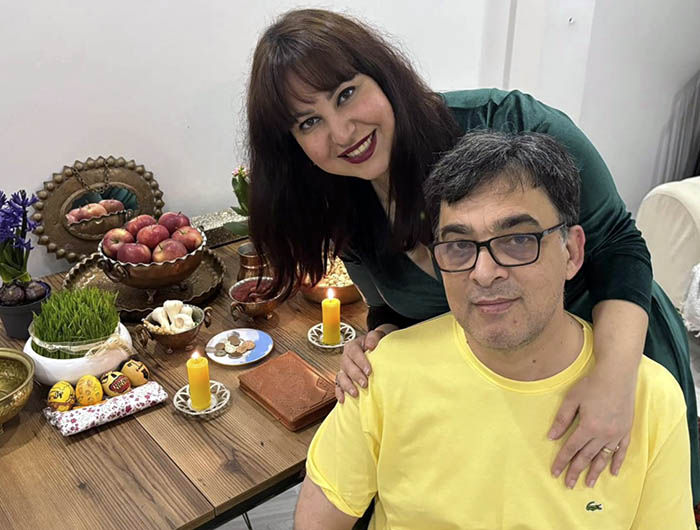The Controversy Surrounding Defense Secretary Pete Hegseth’s “Kafir” Tattoo

Promoting Understanding in a Divided Landscape
In light of the controversy surrounding the (kafir) tattoo, it becomes imperative to explore ways to promote understanding and respect among differing cultural and religious groups. The dialogue on this subject can serve as a platform for greater awareness and mutual appreciation of diverse beliefs. Here are some strategies that may help bridge the divides:
1. Educational Initiatives
Education stands as one of the most powerful tools to combat ignorance and prejudice. Incorporating comprehensive curricula that cover world religions, including Islam and its interpretations, can provide context for symbols such as “كافر” (kafir). Schools, community centers, and universities can host workshops and discussions that facilitate learning and foster a respectful understanding of various faiths.
2. Interfaith Dialogues
Organizing interfaith dialogues can encourage open discussions among different religious communities. Platforms that allow individuals to share their beliefs, practices, and experiences can dismantle stereotypes and build solidarity. These dialogues can promote empathy and understanding, emphasizing shared values that transcend cultural differences.
3. Media Responsibility
The role of media is crucial in shaping public perceptions. Responsible media coverage that highlights diverse narratives can contribute to nuanced understandings of controversial symbols. Journalists can focus on in-depth stories that showcase the complexities of cultural expressions, moving beyond sensationalism to foster informed conversations.
4. Community Engagement
Community-led initiatives that bring together individuals from various backgrounds can build trust and promote cultural exchange. Festivals, cultural events, and community service projects can facilitate interactions that foster goodwill and understanding. Such engagements can transform suspicion into curiosity and build lasting relationships among different groups.
5. Social Media Awareness
Given the influence of social media, campaigns aimed at promoting tolerance and understanding can be effective. Utilizing platforms to share stories of cross-cultural friendships, mutual respect, and collaboration can counter the narratives of hate and division. Influencers and public figures can lead by example, using their platforms to advocate for dialogue and greater understanding.
6. Personal Responsibility
At the individual level, it’s essential to recognize the power of personal responsibility in shaping conversations. Engaging respectfully with differing viewpoints and remaining open to learning can create a culture of inquiry rather than hostility. When individuals commit to listening—especially when confronted with symbols or expressions they find controversial—it opens the door to productive dialogue.




